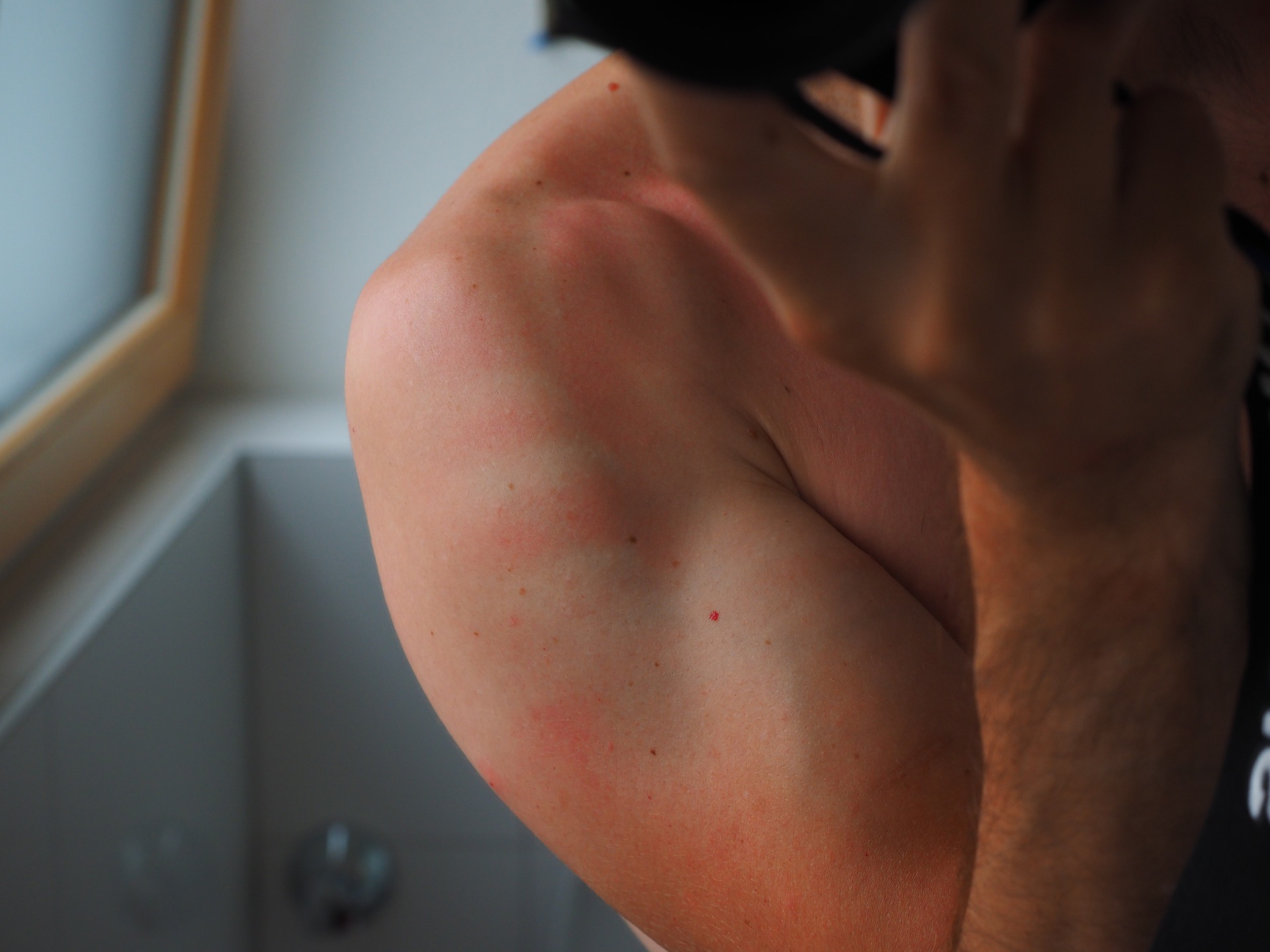What not do do when you get a burn

If it has not happened to you yet, count yourself lucky, but burns do affect most of us at one point or another. Whether you bumped your campfire or accidentally grazed the hot stove, burns are painful. But you can do something about them.
While third degree and most second-degree burns are the deepest, most serious burns and do need to be seen by a doctor, minor burns, such as those in the first-degree category, where the burn is not deep, you can usually take care of yourself as long as you know how.
Treating first or mild second degree burns

First degree burns are painful, but not life-threatening. As long as the burn is not bigger than three inches in diameter and not deep enough to blister, you should be able to treat the burn at home.
Step 1: Put the injured area under cool water. You need to make sure the water is not hot, which would increase the damage, or too cold, which can also damage the skin. Running it under cold water should reduce the pain from the heat as well as prevent excessive swelling.
Step 2: You will then need to wash the wound to remove any potential bacteria that may be lurking on your skin and that could interfere with the healing process.
Step 3: Remove any jewelry or clothing that could be restricted if the burn swells.
Step 4: Apply antibacterial cream to encourage the wound to heal as well as bring you some pain relief.
Step 5: Lightly wrap the burn in gauze. This will keep you from accidentally bumping it and further damaging the skin underneath.
Step 6: If your burn is not healing well or seems to be worse than previously thought, go to your doctor right away.
Treating more serious burns
If you or someone close to you has suffered from a more serious second, third, or even fourth-degree burn, medical attention is completely necessary. Burns suck the water from your body and can leave you in bad shape if not properly cared for.

Step 1: Get away from whatever it was that caused the burn.
Step 2: Remove anything from the victim that is still burning.
Step 3: This is when you should call 911 and get more help.
Step 4: While waiting for an ambulance to arrive, do not try to cool the burns of the victim. Putting cold water on a severe burn can change the internal temperature of the victim, putting them at risk of hypothermia.
What not to do

Now that you know what you should be doing, there are some things that you should not be doing.
- Do not use butter on the burn. Butter has been said to be helpful for years, but putting any kind of oil on the burn will insulate the heat, worsening the burn itself.
- Do not use an ice pack on the burn. While you naturally want to cool off a burn, an ice pack can intensify the burn by further damaging the skin.
- Do not wait to call for help. A burn that covers a great deal of the body, even if it is a first-degree burn, should be looked at. Eyes are also another concern and should always be treated if they have been burned.
- Do not get burned in the first place. This means just being fire conscious when in the woods, away from your stove at home, and keeping all electrical items in good condition in your house. And don’t stay in the sun for too long!
If you have any comments then please drop us a message on our Outdoor Revival Facebook page
If you have a good story to tell or blog let us know about it on our FB page, we’re also happy for article or review submissions, we’d love to hear from you.
We live in a beautiful world, get out there and enjoy it. Outdoor Revival – Reconnecting us all with the Outdoors.
